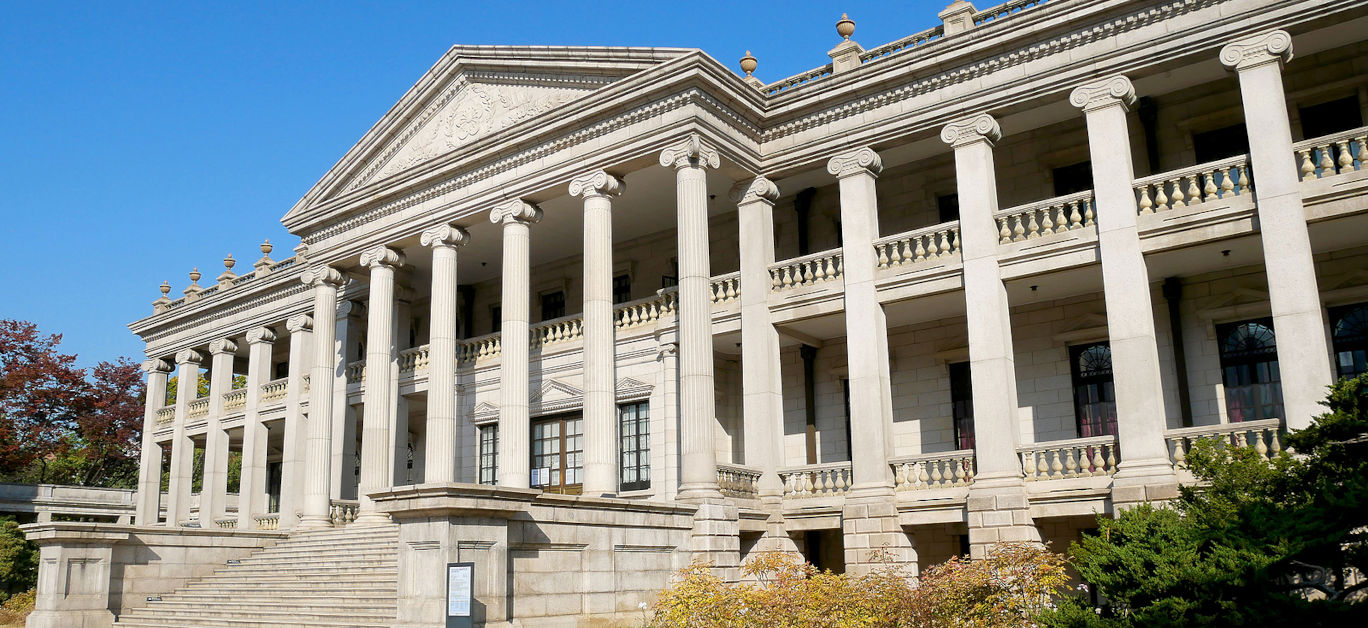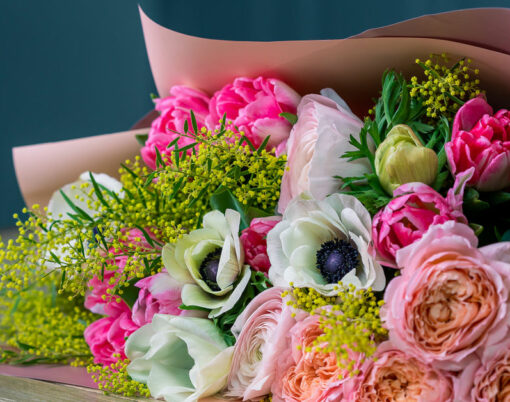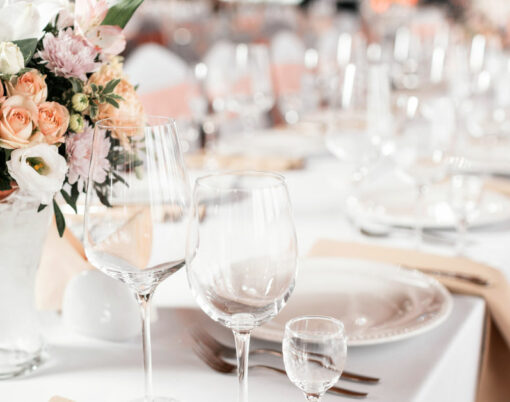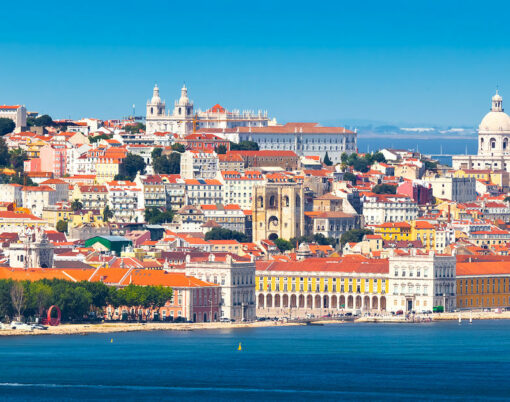Korean art has a rich history that spans over centuries, from the intricate traditional paintings of the Joseon Dynasty to the avant-garde works of today’s contemporary artists. The earliest instances of Korean art date to around 3,000 BC and consist of Stone Age works, and nature and natural forms play a big role in the paintings that can be seen today, with its simplicity and spontaneity making Korean art so unique.
Much like artists from across the globe, Korean artists have long been influenced by their culture, religion, and politics, and their work has continued to evolve and grow in significance over time. Today, contemporary Korean art is gaining recognition and influence on a global scale, and its impact can be seen in galleries, museums, and exhibitions around the world.
Here, we take a look at what makes Korean art so influential and highlight some of the more prominent contemporary artists to look out for.
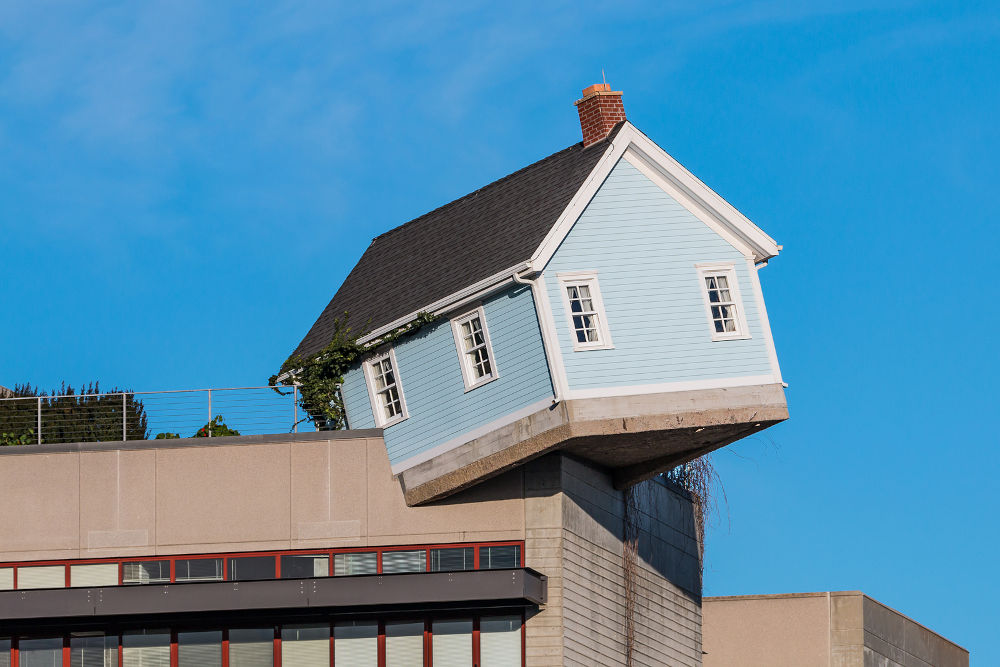
What makes Korean art so influential?
One of the most significant factors contributing to the global influence of Korean art is the country’s unique blend of traditional and modern influences. Many contemporary Korean artists draw inspiration from their cultural heritage, incorporating traditional techniques and motifs into their work. However, they also experiment with new mediums and materials, creating art that is both innovative and rooted in tradition.
For example, Park Seo-Bo, one of the most influential Korean artists of the 20th century, is known for his minimalist paintings that feature repeated lines and grids. His work has been described as a fusion of traditional Korean aesthetics with Western modernism. Similarly, Kimsooja’s installations often incorporate Korean textiles and colours, but also explore themes of identity, migration, and globalisation.
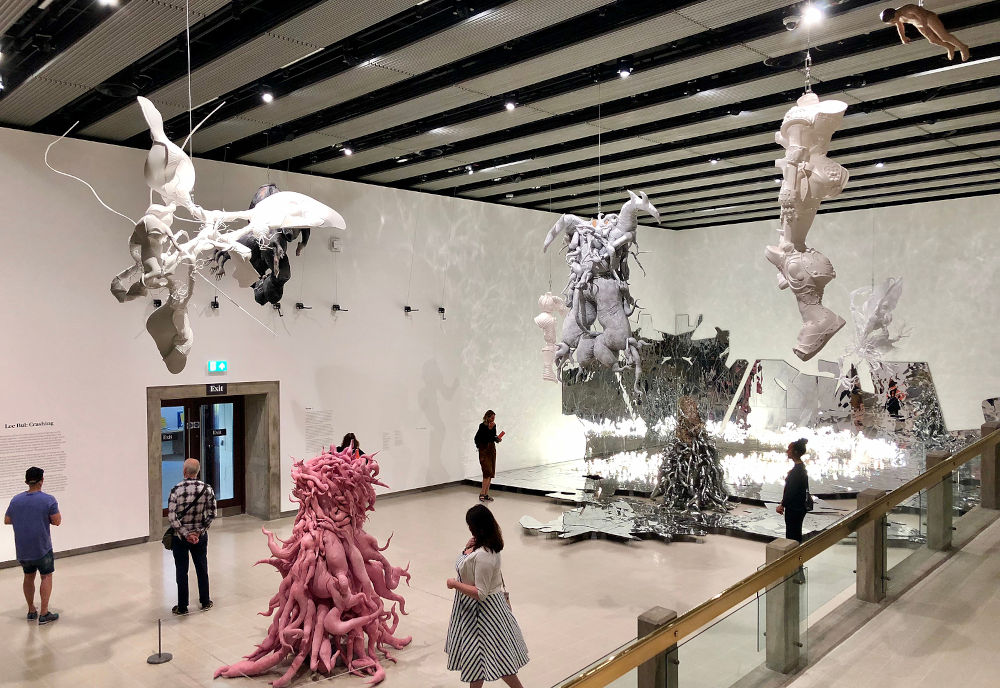
The most influential contemporary Korean artists
One example of a contemporary Korean artist who is pushing the boundaries of traditional Korean art forms is Lee Bul. Known for her sculptural installations and performances, Lee draws on her experiences growing up in Korea during a time of political and social upheaval to create works that explore themes of identity, gender, and power. Her works often incorporate materials such as metal, crystal, and glass, creating intricate and otherworldly forms that challenge viewers to think beyond the traditional confines of sculpture.
Another Korean artist who has gained international recognition is Do Ho Suh. Known for his large-scale installations, Suh explores themes of displacement, identity, and memory, often using transparent fabrics to create ethereal, ghost-like structures that evoke a sense of transience and impermanence. One of his most well-known works is ‘Staircase-III’- a life-sized replica of the staircase in his childhood home in Korea, which he created using thousands of individually sewn fabric pieces.
For more artworks from the most influential contemporary Korean artists, check out the Korean art collection Kaesong, which is filled with the finest contemporary and modern drawings, oil paintings, and watercolours, that can be found, many of which received several prizes at international exhibitions.
Check out contemporary works at the National Museum Of Modern And Contemporary Art, Deoksugung as pictured in the image at the very top.












